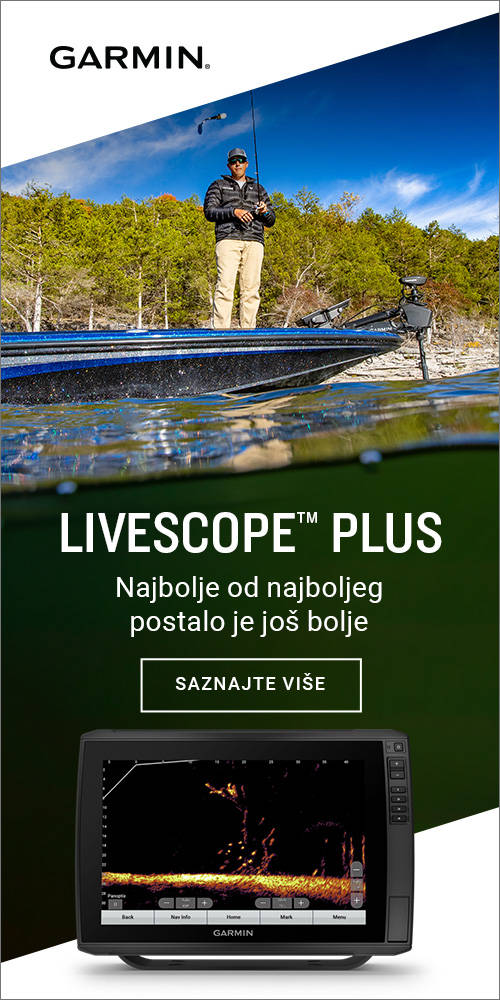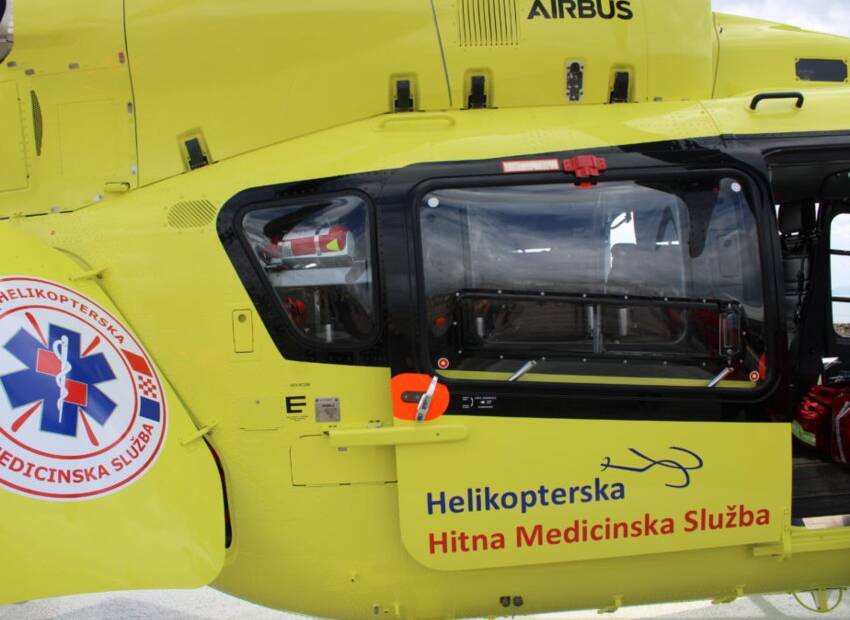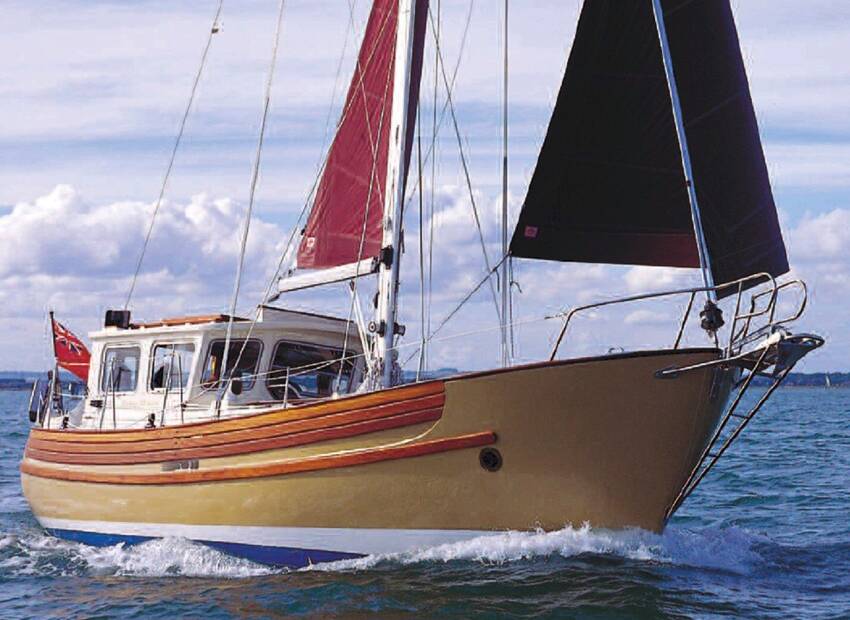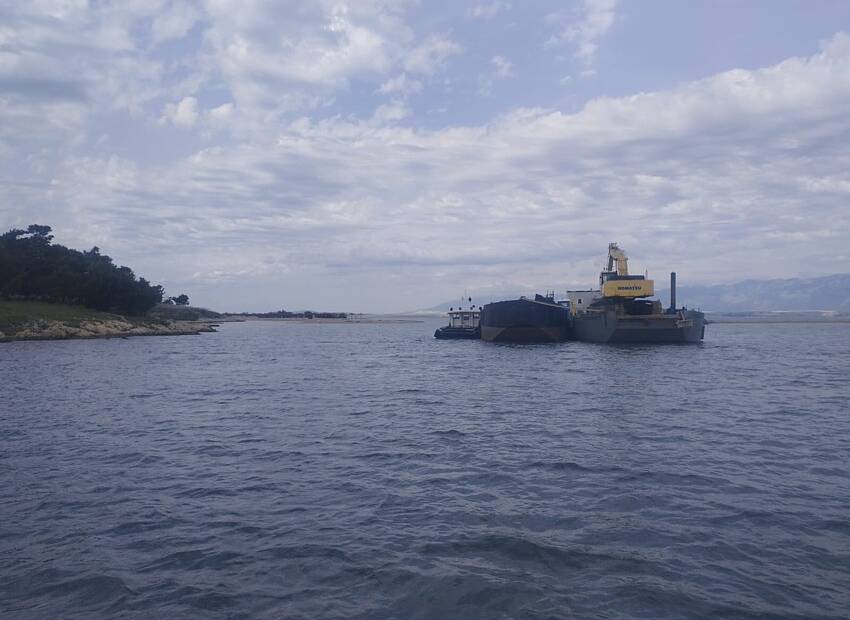How can you use your GPS receiver to help you pass though dangerous shoals, make landfall on a fogbound coastline, or warn you if your anchor drags? Follow these five sailing tips for safer sailing or cruising worldwide...
1. Program short "check-points" between waypoints.
Shorter legs in coastal navigation increase the margin of safety. If you have two waypoints several miles apart, insert one or more waypoints in between. Now you have several position-points along the way to show your progress toward your destination.
2. Program shoals as individual waypoints.
Make a waypoint for each hazard along the route. Your GPS receiver will allow you to give each a name, such as Reef 1, Reef 2 and so forth. View the range and bearing function as you pass close by. If the range decreases, turn the opposite way to get back onto your compass course.
3. Use proximity waypoints with each danger.
Most GPS units allow you to set up an alarm circle around a waypoint. Do this with each hazard. Decide on the closest range you would want to come to the danger. Allow a generous margin of safety that allows you enough time to take action if that alarm sounds!
4. Decide on the Cross-Track Error Allowance.
Your GPS cross track function shows how far to the left or right of track you have wandered. Set the internal alarm so that you don't need to watch the GPS all the time. Study your programmed route and find which hazard lies closest to your route. Set the cross-track alarm to sound within one half of that distance.
For example, you find a large cluster of rocks that lie within 0.4 nautical miles of your compass course. You should program the cross-track alarm to sound if you wander more than 0.2 miles from your course line.
5. Compare the GPS picture to the visual picture.
Use your eyes first before you follow the recommended course change that your GPS gives you. Check the paper navigational chart. If the visual or paper picture disagrees with the electronic one--stop or heave-to until you work things out. Once you acquire full orientation, proceed on your way.
Captain John's Sailing Tip:
Make sure you have the latest edition paper nautical charts aboard. If your GPS goes on the fritz or you lose power, you need the paper backups to fall back on. No matter whether you have battery operated hand-held GPS units. Paper nautical charts remain a vital part of sound seamanship under sail or power!
Find more sailing tips and techniques like this on www.SkipperTips.com
Get instant access to 1000+ sailing articles and videos!
>> CLICK HERE FOR MORE INFO! <<
Captain John
Author of "Seamanship Secrets"
Website: http://SkipperTips.com
"Be the Skipper You Want to Be!"
Email: captainjohn@skippertips.com






















